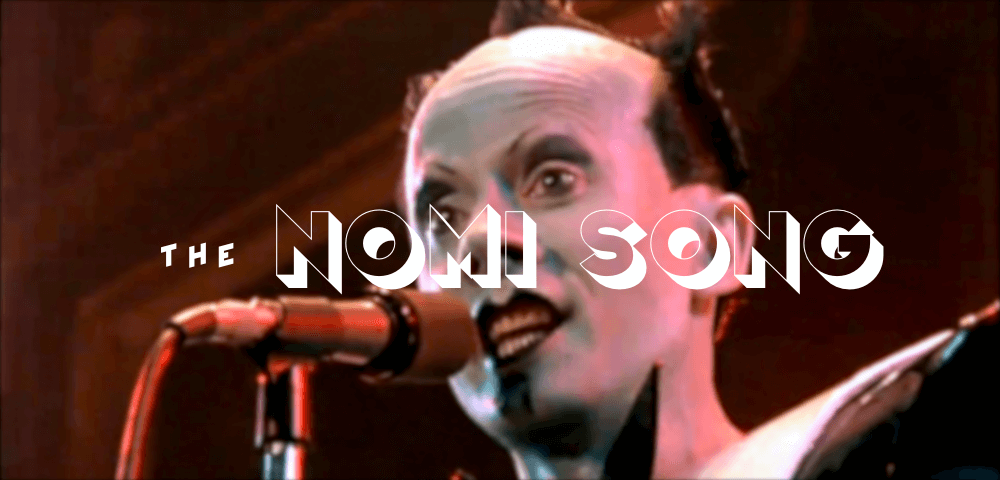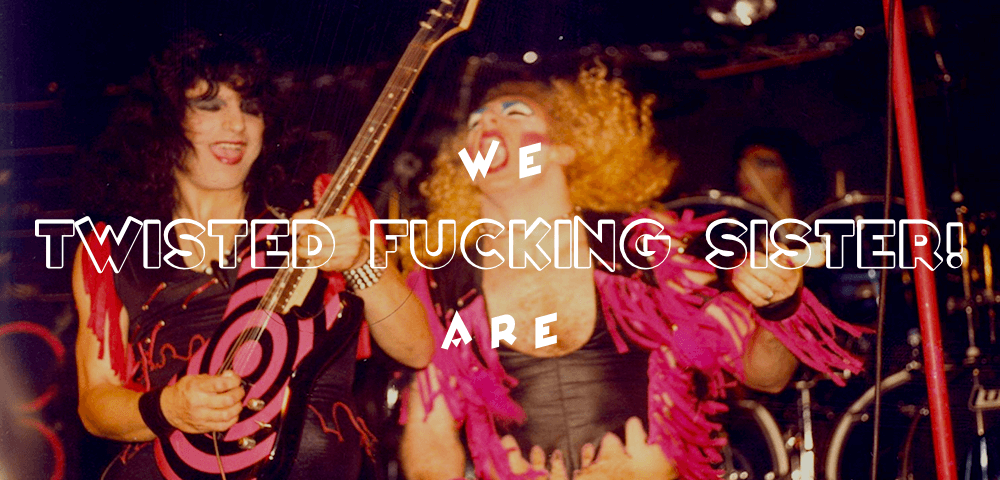GET REEL: CULTURE OF THE COSMOS
A FORTNIGHT WITH FRANK MOSLEY
Actor Frank Mosley has been a frequent presence in American independent cinema for over a decade. As both a leading man and ubiquitous character actor, he’s appeared in films helmed by established indie darlings (Shane Carruth, David Lowry) and rising stars (Dylan Pasture, Cameron Bruce Nelson). His dance card may be full to bursting, but Mosley is more than just a pretty face.
As a director and writer, he has exhibited work at many of the world’s foremost festivals: Slamdance, Maryland Film Festival, Sidewalk Film Festival, and Champs-Elysée, to name a few. His fascination with matters of identity, memory, and temporality bleed through every frame of his films – few directors working today can touch Mosley’s narrative and media savvy. Spectacle is honored to bring his most recent efforts – three shorts, and a laudatory feature – to a discerning New York audience.
FRANK MOSLEY SHORTS PROGRAM
SATURDAY, AUGUST 25 – 7:00 PM
PARTHENON
Dir. Frank Mosley, 2017.
USA, 14 mins.
A naked body moves a stranger to empathy. PARTHENON is a slippery, dizzying diptych that questions the limits of our perception.
CASA DE MI MADRE
Dir. Frank Mosley, 2016.
USA, 12 mins.
A fire rages in the woods near a village. This fire triggers a memory in a lonely, middle-aged woman. And this memory pushes her to utter aloud the words she’s always wanted to say.
Produced in Cuba with the support of Black Factory Cinema and Escuela Internacionales de Cine y Tv in San Antonio de los Banos (EICTV), and made under the guidance of master filmmaker Abbas Kiarostami. The result of Mosley’s selection as a participant in the 2016 Workshop for Auteurs, the film examines grief, transference, and the consequences of role-playing.
SPIDER VEINS
Dir. Frank Mosley, 2016.
USA, 15 mins.
Two women, seemingly strangers, confront one another in an old house with conflicting memories of the same dress. By turns mysterious and shocking, the film’s fragile narrative begins to unravel, but the women’s relationship teeters closer to truth.
Loosely inspired by Ibsen’s “A Doll’s House”, SPIDER VEINS is a mercurial investigation into varying levels of everyday artifice.
HER WILDERNESS
Dir. Frank Mosley, 2014.
USA, 64 mins.
SATURDAY, AUGUST 25 – 9 PM
AND
SATURDAY, SEPTEMBER 1 – 7:30 PM
FRIDAY, SEPTEMBER 7 – 7:30 PM
SUNDAY, SEPTEMBER 16 – 7:30 PM
WEDNESDAY, SEPTEMBER 26 – 7:30 PM
HER WILDERNESS weaves an elliptical, minimalist narrative of a lost, wandering child in the wake of an affair that may or may not have even happened. The film has been called “a unique work with a distinctive voice” (Indiewire), “a mesmerizing film by a superb actor and filmmaker” (RogerEbert.com), “a delicately fate-fixated mid-length enigma” (Keyframe), “the sort of fulfillment of good poetry” (Hammer To Nail), “one of the best undistributed films of 2015” (Film Pulse), and “the best experimental narrative of the year…at once alien and achingly resonant” (Indie Outlook).
LIVE NUDE GIRLS UNITE!

LIVE NUDE GIRLS UNITE!
Dir. Julia Query and Vicky Funari, 2000
USA, 70 min
WEDNESDAY, AUGUST 29 – 7:30 PM
ONE NIGHT ONLY!
DIRECTOR JULIA QUERY IN PERSON
ONLINE TICKETS HERE
FB EVENT HERE
No contract, no pussy.
“My knees are killing me” a dancer purrs to the camera in a sultry voice, capturing the irony of the strip club. Part of a dancer’s job is to look like she’s having fun, but stripping is hard work even in the best conditions, and at the Lusty Lady peep show, the conditions are anything but: no job security, rampant discrimination against women of color, and an unsafe working environment.
After a particularly harrowing incident involving a violent patron and an indifferent response from management, the dancers at the Lusty Lady voted to form a labor union. LIVE NUDE GIRLS UNITE follows the dancers’ organizing efforts: hiring a lawyer, negotiating a contract, and debating whether or not to strike.
The film is co-directed and narrated by Julia Query, who was part of the workers’ bargaining committee. Query injects a warm humor into the narrative, also weaving in her complex relationship with her mother, a public health advocate known for her extensive outreach with street-based sex workers. Julia is hesitant to tell her mother that she works as a stripper—until Julia’s organizing leads mother and daughter to present at the same conference on prostitution.
Part of the series: SEX WORK IS WORK, which also brought you WORKING GIRLS in July. SEX WORK IS WORK is an ongoing benefit series exploring sex work in film, programmed in protest of the SESTA/FOSTA law. All proceeds from this event will go to Lysistrata Mutual Care Collective and Fund.
ST. FRANCIS HEARS A NOISE
ST. FRANCIS HEARS A NOISE
Dir. Jimmy Schaus, 2018
USA
WEDNESDAY, AUGUST 15 – 7:00 PM
**ONE NIGHT ONLY** Q&A WITH DIRECTOR
A psychotronic, picaresque science fiction romp about a sound recordist whose special microphone picks up messages from beyond. Some of these sounds are stolen by a sinister underground production network to unlock latent psychic energy from the young actors they routinely exploit. Francis, the titular protagonist, sets off on a journey to investigate and retrieve his precious sounds, only to uncover a vast network of control in which he may already be enmeshed.
PSYCHOMANIA
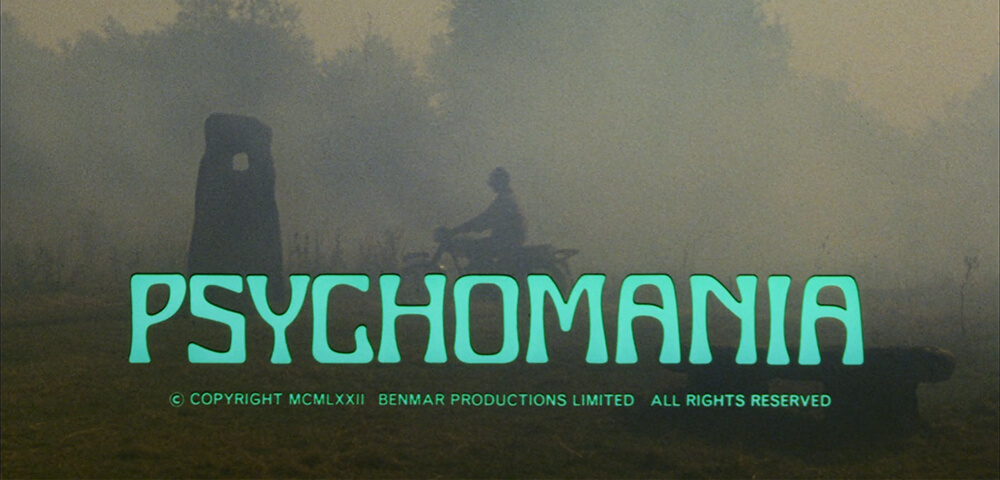
PSYCHOMANIA aka THE DEATH WHEELERS
Dir. by Don Sharp, 1973
USA, 95 min.
FRIDAY, AUGUST 3 – MIDNIGHT
SATURDAY, AUGUST 11 – MIDNIGHT
THURSDAY, AUGUST 26 – 7:30 PM
MONDAY, AUGUST 27 – 10 PM
What do witchcraft, a knock-off Stonehenge, toads, biker gangs, and Satan all have in common? PSYCHOMANIA!
Meet Tom, the leader of biker gang THE LIVING DEAD. Tom has just discovered a loophole around death – if he dies while fully believing he’ll come back, he will become immortal.
After sharing his gift with the rest of the gang, they start to reap anarchic chaos on the unsuspecting stooges of the Establishment – mostly by harassing old women (questionable) and destroying shopping centers (rad).
Featuring George Sanders’ final performance as Shadwell the sinister butler, not to mention a rip-roaring psychedelic score by John Cameron, insanely groovy sets and outfits, and pure anarchy.
Presented in a crisp new blu-ray remaster from the original print, c/o AGFA.
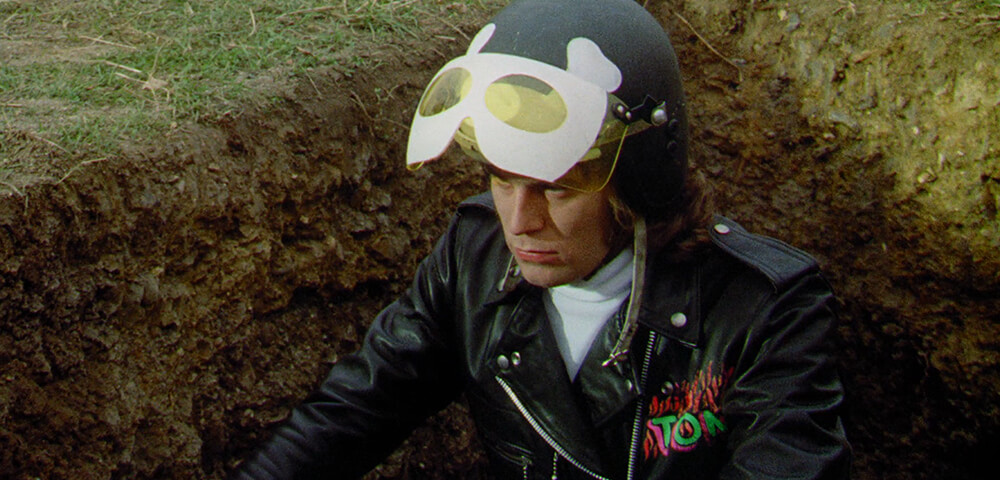
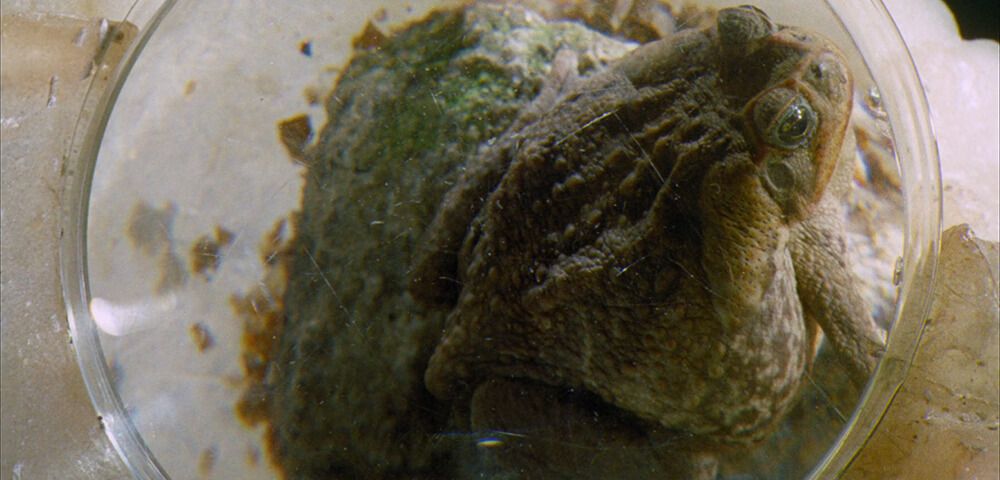
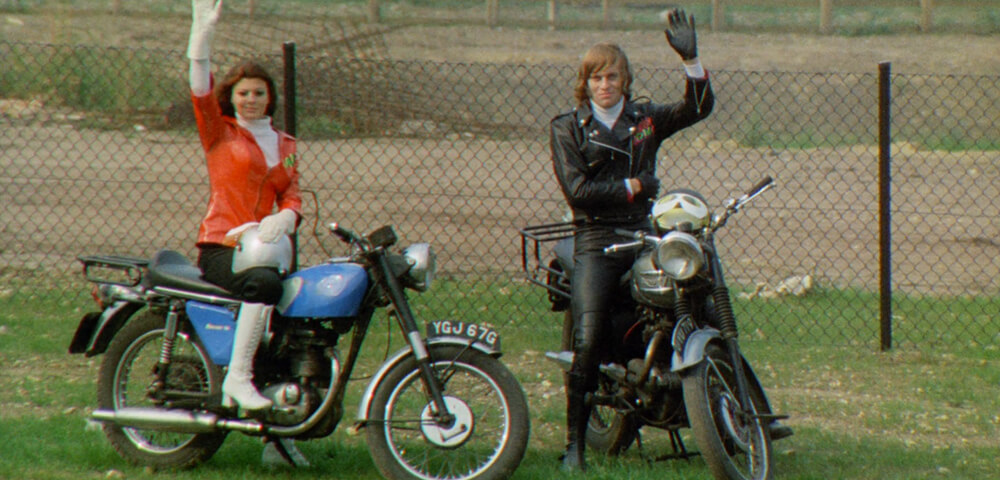
THE METAPHYSICAL MYSTERIES OF SOGO ISHII
Known to many as the godfather of Japanese cyberpunk cinema for his rock-heavy, high-octane, biker films Burst City and Crazy Thunder Road, Sogo (now known as Gakuryu) Ishii is an important precursor to many of the cult icons that dominate Japanese cinemas reputation such as Takashi Miike and Shinya Tsukamoto. Yet much more protean than much of his modest reputation admits, by the time the 90s came around, Ishii all but abandoned the leather stuffed aesthetic of his early films in favor of a slower, dream-like style concerned with metaphysical questions of identity and romantic desire. Suffuse with unsolvable mysteries that spiral endlessly out of control; a hypnotic editing style that relies on lethargic tracking shots and a sublime sense of empty architectural spaces mixed with rapid impressionistic montages and jarring auditory shifts; and a quietly transgressive gender subtext that echoes his earlier punk ambitions – ANGEL DUST, AUGUST IN THE WATER, and LABYRINTH OF DREAMS form a loose trilogy of semi-forgotten, but entirely umissibe and unique masterworks of Japanese cinema. These three are presented here with Ishii’s 1984 film, THE CRAZY FAMILY, a key bridge between his earlier anarchic punk films and his more methodical 90’s output.
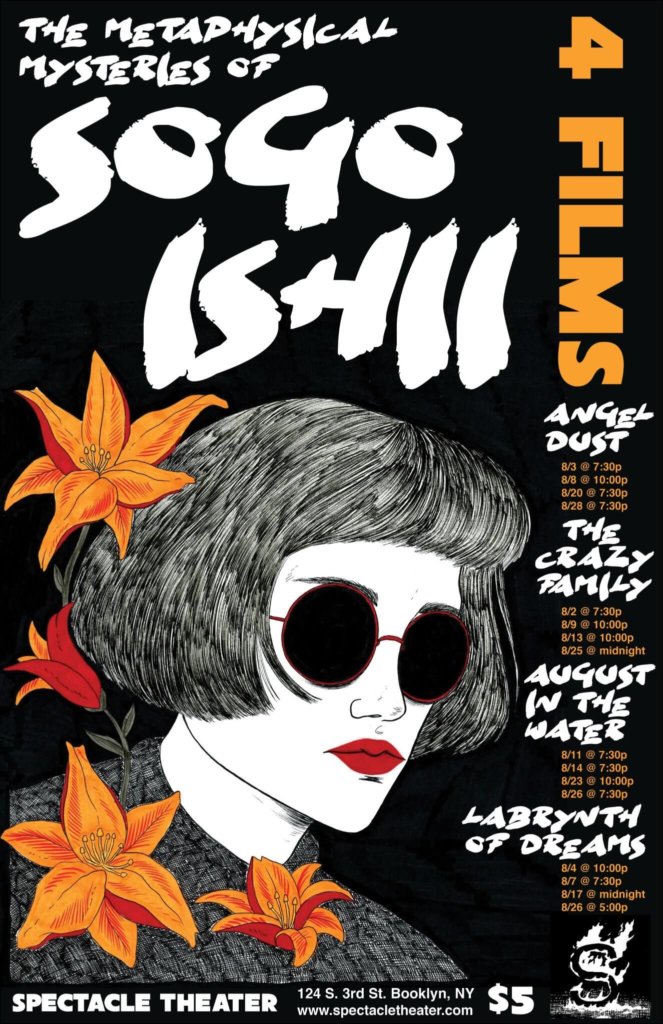
( poster by Stephanie Monohan )
ANGEL DUST
Dir. Sogo Ishii, 1994
Japan, 116 min.
In Japanese, English subs
FRIDAY, AUGUST 3 – 7:30 PM
WEDNESDAY, AUGUST 8 – 10 PM
MONDAY, AUGUST 20 – 7:30 PM
TUESDAY, AUGUST 28 – 7:30 PM
6 PM every Monday a woman drops dead on the Tokyo Metro leaving no clues as to who killed her. Stupefied, the police enlist psychologist Setsuko to profile the killer and predict his next moves. When the trail leads her to her former lover, Dr. Rei Aku, a mind-control obsessed psychiatrist who performs bizarre psychological experiments in from his mountain dome hideaway, Setsuko starts to experience bizarre hallucinations and premonitions related to the killings.
Drenched in vomit colored neon greens and filled with a nauseating sense of modernist alienation, ANGEL DUST echoes many of the themes and styles explored by Kiyoshi Kurosawa’s while retaining the psychedelic techniques and hypnotic narrative structure that forms a distinct part of Ishii’s 90’s style.
AUGUST IN THE WATER
Dir. Sogo Ishii, 1995
Japan, 117 min.
In Japanese, English subs
SATURDAY, AUGUST 11 – 7:30 PM
TUESDAY, AUGUST 14 – 7:30 PM
THURSDAY, AUGUST 23 – 10 PM
SUNDAY, AUGUST 26 – 7:30 PM
When mysterious new girl at school and world class diving protege, Izumi, comes to town, strange things start happening – a giant heat wave consumes the town, bizzare rocks appear in the forest, and all the water in the pool turns to stone during Izumi’s most important dive. Izumi’s hopelessly romantic classmate, Ukiya, follows her as they try to figure out what’s happening. Yet far from the supernatural thriller which it may resemble on the surface, AUGUST IN THE WATER, is filled with its own completely hypnotic energy and teenage sense of wonder. Ishii utilizes meditative tracking shots across glimmering swimming pools, dreamy dissolves between cloudy skies, and a web of unsolved mysteries tethered to new age spiritualism to create a work that might be as far he could possibly get from the rebellious aggression of his early punk films.
LABYRINTH OF DREAMS
Dir. Sogo Ishii, 1997
Japan, 90 min.
In Japanese, English subs
SATURDAY, AUGUST 4 – 10 PM
TUESDAY, AUGUST 7 – 7:30 PM
FRIDAY, AUGUST 17 – MIDNIGHT
SUNDAY, AUGUST 26 – 5 PM
“A Freudian fable of the night, filled with moons, rain, dark tunnels and imminent collisions.”
-Tony Rayns, Senses of Cinema
Ishii’s Hitchcockian tale of romantic obsession and aggression begins in a surrealist mixture of dream, memory, and rumor. When bus conductor, Tomiko (Rena Komine), gets assigned to work with bus driver Niitaka (Tadanobu Asano, Ichii the Killer and Bright Future), not only does she think that he looks like the man from her dreams, but that he also might be the man who married and killed her friend and co-worker. Determined to get revenge, Tomiko seduces him. But when she finds herself irresistibly attracted to him she gets obsessed with testing the sincerity of his murderous desires. Shot in dreamy black and white, Ishii melds many of the guttural DIY techniques of his early punk years with moody expressionist compositions reminiscent of Maya Deren to create a film both aggressive and disorienting as well as melancholic and contemplative.
THE CRAZY FAMILY
Dir. Sogo Ishii, 1984
Japan, 106 min.
In Japanese, English subs
THURSDAY, AUGUST 2 – 7:30 PM
THURSDAY, AUGUST 9 – 10 PM
MONDAY, AUGUST 13 – 10 PM
SATURDAY, AUGUST 25 – MIDNIGHT
“Mixing sledgehammer social satire with rapid-fire cinematic dementia, this is an unforgettable excursion into the darkest recesses of middle-class values.”
–Shock Cinema Magazine
After moving into a nice suburban home on the outskirts of Tokyo, the Kobayashi family seems to be living the domestic dream. That is until they all start trying to kill and fuck each other. With a fascist grandpa running shouting WWII era Japanese military slogans in in his army uniform, a son who builds giant neon shrines to his college entrance exams, and a sex-starved mother running around the house with a pot on her head trying to kill everyone with her kitchen knives, Ishii’s take-down of the Japanese family unit is a gleefully delirious satire and a clear precursor to such Takashi Miike family dramas like VISITOR Q and THE HAPPINESS OF THE KATAKURIS.
THE SLAYER
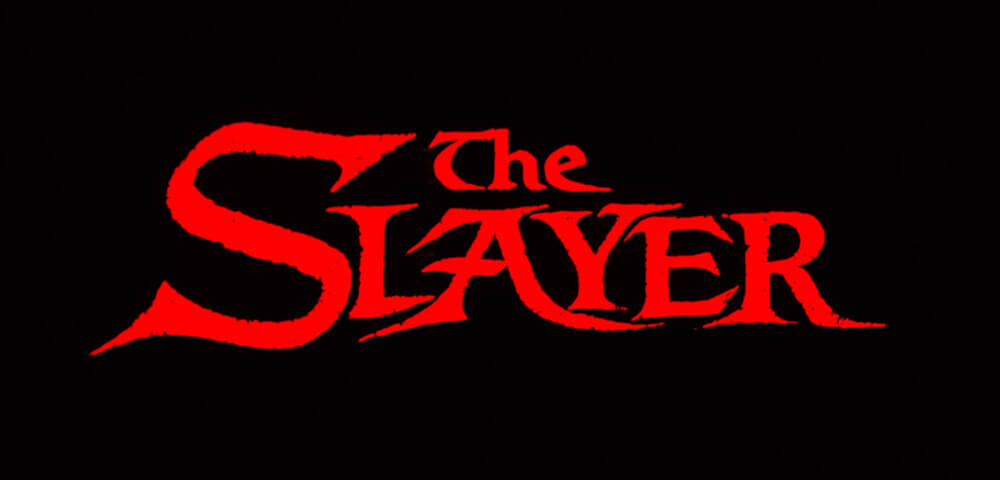
THE SLAYER
Dir. by J.S. Cardone, 1982
USA, 82 min.
THURSDAY, AUGUST 2 – 10 PM
FRIDAY, AUGUST 10 – MIDNIGHT
SUNDAY, AUGUST 12 – 7:30 PM
FRIDAY, AUGUST 31 – 10 PM
Do yourself a favor and don’t google this movie – the less you know going in, the better. That said…
Deemed an infamous “video nasty” on its release in the UK, The Slayer has aged shockingly well for a low-budget slasher venture.
The barebones plot follows Kay, a “surreal artist”, and a vacation she takes with her boyfriend, her brother and his wife to a cabin on a deserted island, the aim of this sojourn being to take Kay’s mind off her upcoming art show.
Shortly after arriving, Kay recognizes the place as having appeared in her anxiety-fueled nightmares. It’s not long before the dreams get worse, and Kay starts having detailed visions of her companions being murdered by something or someone.
While it sounds like a by-the-numbers killer-in-a-cabin flick, The Slayer boasts an impressively surreal and nightmarish tone, soaked in an uncanny sense of dread and peppered with striking practical effects. To say more would spoil the fun, so just come see it, won’t you?
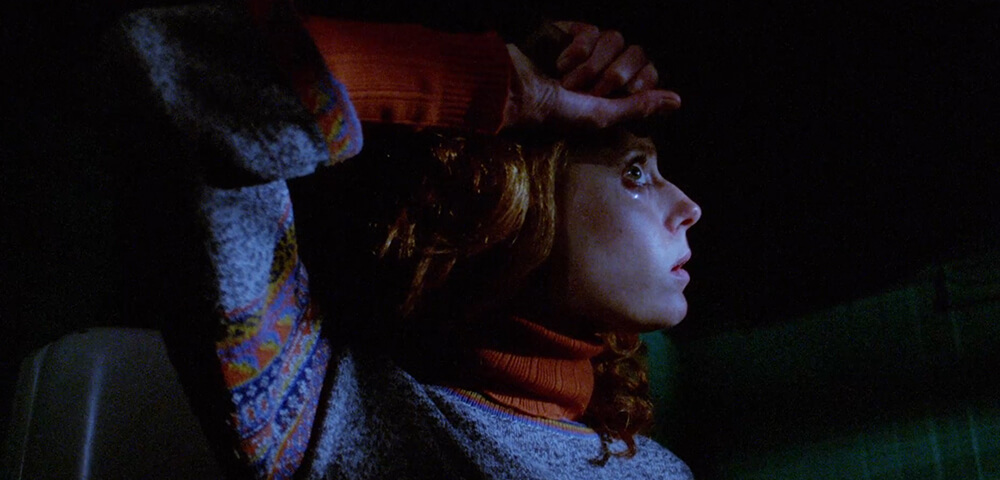

SIX-STRING SAMURAI

SIX-STRING SAMURAI
dir. Lance Mungia, 1998
United States. 91 mins.
In English.
WEDNESDAY, AUGUST 1 – 7:30PM
SATURDAY, AUGUST 4 – MIDNIGHT
FRIDAY, AUGUST 17 – 7:30PM
MONDAY, AUGUST 20 – 10PM
THURSDAY, AUGUST 30 – 7:30PM
OFFICIAL SELECTION – 1998 SLAMDANCE FILM FESTIVAL
Nostalgia just isn’t what it used to be. Remember dystopian Spectacle classics like STEEL DAWN, NEON CITY and DIGITAL MAN (RIP Philip Roth)? They’re all left in the dust by Lance Mungia’s irrepressible SIX STRING SAMURAI, a breakout chopsocky-musical that effectively hip-swayed stage left at the end of its theatrical run two very long decades ago. Featuring music by the notorious Siberian surf rock band The Red Elvises, SIX-STRING SAMURAI takes place in an alternate U.S.S.A. (like, alternate to this one) where the Russians dropped The Big One in 1957, leaving spotty electricity and a radioactive desert hellscape in their wake. Vegas is the last holdout of American civilization, and Elvis its supreme ruler – until Buddy, a lone swordsman patterned off of Buddy Holly and Ogami Ittō, hears on the radio that “Vegas needs a new king”.
A long travelogue ensues, dotted in encounters with Death (a metalhead patterned after Slash) and an extremely irritating Kid (Justin McGuire, iconic) who affixes himself to Buddy in classic adventure-movie fashion. Apart from the shredding tunes (which crescendo into a battle of the bands that’ll flash-fry your eardrums) and the uncannily prescient depiction of a post-wet America abandoned by the side of the road, Mungia’s spectacular action scenes are what make SIX-STRING SAMURAI stick – anchored by the full-body performance of leading man Jeffrey Falcon, a bona fide Kung Fu master who appeared as weibo heavy in many a Hong Kong actioner from the 80s and 90s.
“Married to punkified STAR WARS plot by way of THE ROAD WARRIOR, Messrs. Mungia and Falcon have successfully reworked the same bedrock myths (fathers and sons, journeys, destiny, yadda yadda yadda) with unassuming giddiness and funked up style, served up so effortlessly that you never think about these mythic foundations through this grunge journey.” – Sean Axmaker, Nitrate
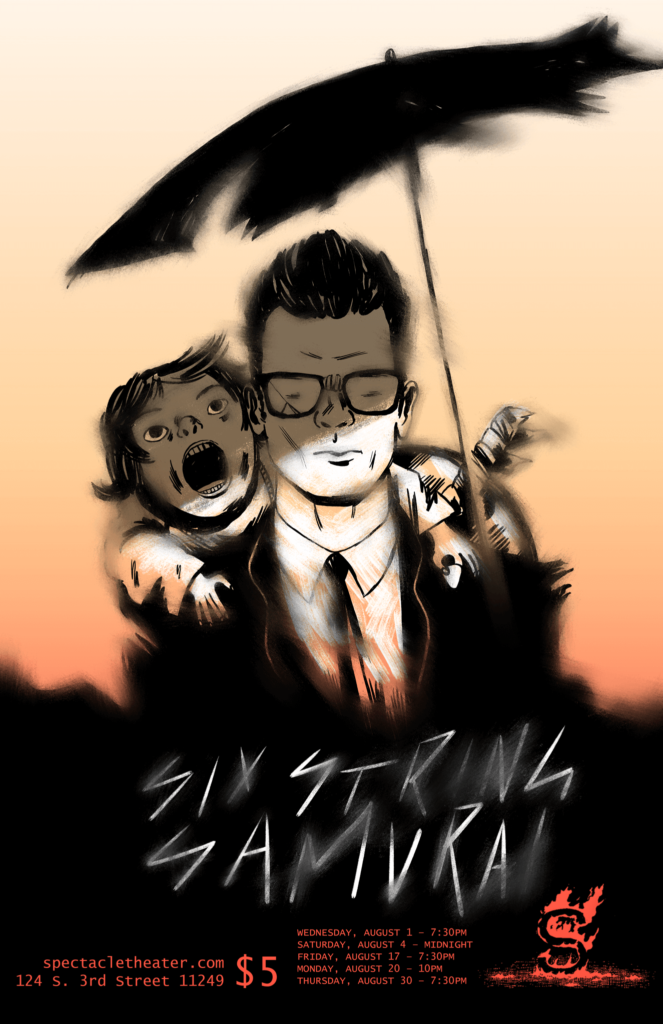
( poster by Jake Armstrong )
THREE BY ANDREW HORN
This August, Spectacle is thrilled to host filmmaker Andrew Horn for reprise showings of his classic no-wave musical DOOMED LOVE, plus the documentaries THE NOMI SONG and WE ARE TWISTED FUCKING SISTER! About the unlikely linkage between the latter two, Horn had this to say:
“Believe it or not, WE ARE TWISTED FUCKING SISTER! was born out of a scene in THE NOMI SONG. Actually out of one line. In the Nomi film, Twisted band leader Jay Jay French describes the almost riot that ensued when, believe it or not again, Klaus Nomi opened for them at the Soap Factory in New Jersey. “This was NYC performance art done in a blue collar suburban bar”, he explained. I knew almost nothing about Twisted at the time but I knew enough to know this was a hilarious confluence. But then after the NOMI film was finished Jay Jay started to explain to me what Twisted was doing doing onstage with their club audiences back then which struck me as very much it’s own kind of performance art, just dedicated to that whole other crowd. So it was the performance art idea that got me into it, little realizing that there was story there that was just as epic as NOMI’s.
Interestingly, both stories take place in almost the same time in almost the same geographical area, but they may as well have been in parallel universes. On the surface, TWISTED and NOMI couldn’t be more different – but at the same time, I came to realize there was a great similarity between the two. Each had their vision of who they were and what they wanted to do and they both had the courage to just ram it home no matter what. Both flew in the face of the establishment music scene, but both had their dedicated audiences that were ready to follow them anywhere. And both were able to meet each fallback and turn it into the next step forward. A review of the Twisted film said, ‘Stardom is interesting, but the long road that leads there is fascinating’ and that’s what appealed to me about both stories – the roller coaster of getting there is what it’s all about.”
DOOMED LOVE
dir. Andrew Horn, 1984.
USA, 70 mins.
SUNDAY, AUGUST 5 – 5 PM
WITH FILMMAKER Q&A! (This event is $10.)
TUESDAY, AUGUST 13 – 7:30 PM
THURSDAY, AUGUST 23 – 7:30 PM
FRIDAY, AUGUST 31 – MIDNITE
Made in piecemeal payments while director Andrew Horn was working as a graphic artist in Koch-era Manhattan, DOOMED LOVE is a delectable hunk of sunken downtown treasure ripe for rediscovery. Painter Bill Rice (SUBWAY RIDERS, THE VINEYARD) stars as Andre, an aging professor of romantic literature who decides, in the film’s doleful introductory passage, to commit suicide after losing the love of his life. Andre is tragicomically unsuccessful, but the attempt leads to a new acquaintance with a psychiatric nurse named Lois (Rosemary Moore), with whom he uncorks a kind of under-acknowledged romance of the soul. Whatever margins that once separated Andre’s work as an academic and his reasons for going on (or not) have completely dissolved; Rice’s monologues – scripted by the great playwright Jim Neu – set a tone of droll monotony and piercing repetition. During a slide show of pre-Raphaelite paintings, Andre provides a clue to what Horn and his collaborators are up to:
“You can say what you want about the past / I think that’s true / But, not to pay attention is not to be immune / I think that’s true/ It may be finished / But it isn’t over / Where have I seen that before?/ Believe me / Many of our most cherished dreams… / Believe me / Many of our most cherished dreams have a life of their own/ Where have I seen that before? Look around / Look around / Believe me / I could really let myself go / The world history of emotion / You don’t know the names / But you remember the stories.”
“Life goes on, so to speak:” Horn’s vignettes from Andre and Lois’ – trapped in a state of paralyzing reverie, and newly married to Bob (Allen Frame), respectively – play against jawdropping 2-D backdrops mounted in the Lower East Side’s Millennium Film Workshop where DOOMED LOVE was filmed. Amy Sillman and Pamela Wilson’s muslin and cardboard “sets” make Horn’s film a dourly sweet exercise in epic theatre, a self-reflexive essay on Western amativeness, buttressed by an sparkling minimalist score from Evan Lurie (of The Lounge Lizards.), with original songs by Lenny Pickett. This summer, Spectacle is pleased to resuscitate this no-wave classic for its first NYC repertory run since it played Spectacle in 2016.
“DOOMED LOVE was my first feature film. It was made in the midst of what was then New Wave Cinema, but instead of the East Village I was taking my cues from Daniel Schmid and Werner Schroeder. I wanted to make an opera – without much knowledge of what opera was – and it became a musical. I wanted to make something mythic and only later discovered just how personal it was. I wanted it to be on a grand scale, which could only play out in a confined and artificial space. In those days we perversely wanted to alienate the audience and dare them to leave. In that I (thankfully) failed miserably.” – Andrew Horn
“Steeped in bittersweet camp, 19th Century imagery and free floating Jungian equivalences. Undeniably sensitive… goes beyond romantic angst.” – J. Hoberman, Village Voice
THE NOMI SONG
dir. Andrew Horn, 2004
97 mins. In English.
SUNDAY, AUGUST 5th – 7:30 PM
WITH FILMMAKER Q&A! (This event is $10.)
TUESDAY, AUGUST 14 – 10 PM
THURSDAY, AUGUST 30 – 10PM
“The way I look is part of it. It sounds affected but I do see myself as a piece of living art. People do accuse me of being just decorative or an escapist. Well, I am. That’s what I do. So long as they realize that I am other things as well. I do kind of transcend the song and give it a different meaning. But satire would be too simple. There are moments in my show which are very moving as well as amusing. People should allow me to be many things, really give me room to put things in another dimension.”
Looks like an alien, sings like a diva – Klaus Nomi was one of the 1980s’ most profoundly bizarre characters. He was a cult figure in the New Wave underground scene, a genuine counter tenor who sang pop music like opera and brought opera to club audiences and made them like it. He was a performer with a “look” so strong, that his first audiences went wild before he even opened his mouth. Klaus presented himself as “the perfect video star” yet his star burned out just before the mass explosion of MTV. On the verge of international fame as a singer, he became instead one of the first gay artists to die of AIDS. In the end, his recorded output consists of re-reissues, in various forms, of only two LP’s and a live album. For those who do know him, the reaction he provoked was so strong, that he is still unforgettable, even 20 years after his death. Even now, Klaus is somehow still winning new fans among those too young to have known him when he was alive. And a quick check of the Internet reveals that all his records are still being sold.
Part documentary, part music film, part sci-fi, THE NOMI SONG is a “non-fiction film”, or maybe even an oral history. It’s not just the tale, it’s the telling. But it is also visual, partly because Klaus himself was so visual, someone who’s main concern was putting forth an image of himself in everything he did – literally illustrated by the photos, films, videos and artworks that go with it and featuring many never before seen live performances. However, there are also the images that the stories conjure up, images that no actual picture could capture, that emerge out of impressions, memories and even exaggerations, fermenting in somebody’s brain for twenty years. It’s like a novel with a whole cast of characters and supporting players – revealing themselves as much as (and sometimes more than) they do Klaus – with subplots, background stories, flashbacks and contradictions.
What unifies the various elements of interviews, performance and various visual elements is Klaus himself, not only the all-pervasive image he put out, but, more importantly, his effect on others. It’s a story that grows out of a group of people who influenced him, loved him, idolized him, felt pity for him and felt guilty because of him; people who felt used, cheated yet, over all, inspired by him. It’s a story of love of music and love of performing and a time when it seemed as though everyone was struck by a sense of urgency to make something – or anything – and the feeling that “somewhere in the great cosmic plan we all knew that we only had a finite amount of time together and we had to make the most of it.”
Nomi is, of course, a manufactured personality. But by all accounts the character he created for himself was clearly more significant, more “real” than the man behind it. If he was a mystery, he was completely open about it. He constructed his own myth out of elements so completely “wrong”, yet so deliberate, that it all seemed oddly possible. And right up to the end, it almost was. He was as much a genuine talent as he was – however naively – the engine of his own destruction. He was an alien amongst the outcasts and an obviously tortured soul who, at the same time, radiated optimism at a time when optimism was “officially” out of fashion. His appeal is not easy to explain in words. He has to be seen – and heard – to be believed. Whether you knew him personally, saw him perform, discovered his music or even just saw his picture, one has to admit, he is pretty unbelievable.
Featuring the music of Wire, The Marbles, The Bongos, Pylon, The Mumps, Chi Pig, and, of course, David Bowie, not to mention numerous live Klaus Nomi performances, many never before seen, and including Klaus’ ultimate performance of The Cold Song with full orchestra.
“ILLUMINATING AND MOVING! Offers a wealth of information about Klaus Nomi’s career, the construction of his space-alien persona, and the new-wave scene he sprang from. With Klaus Nomi as the focus of our attention, all conventional notions (and notions of convention) are altogether burned away. Dazzling!” – Ernest Hardy, LA Weekly
“Andrew Horn’s strange and fascinating documentary about the late New Wave singer and art object, Klaus Nomi, gives off a rich whiff of the New York punk bohemia of the late 1970s and early ’80s.” – Kurt Loder, MTV
“A strange personage – sad clown to some, incomparable genius to others. (…) He deserves a special mention in the annals of rock history as the first who dared sing an operatic aria to the habitués of Max’s Kansas City.” – Le Matin, 1983
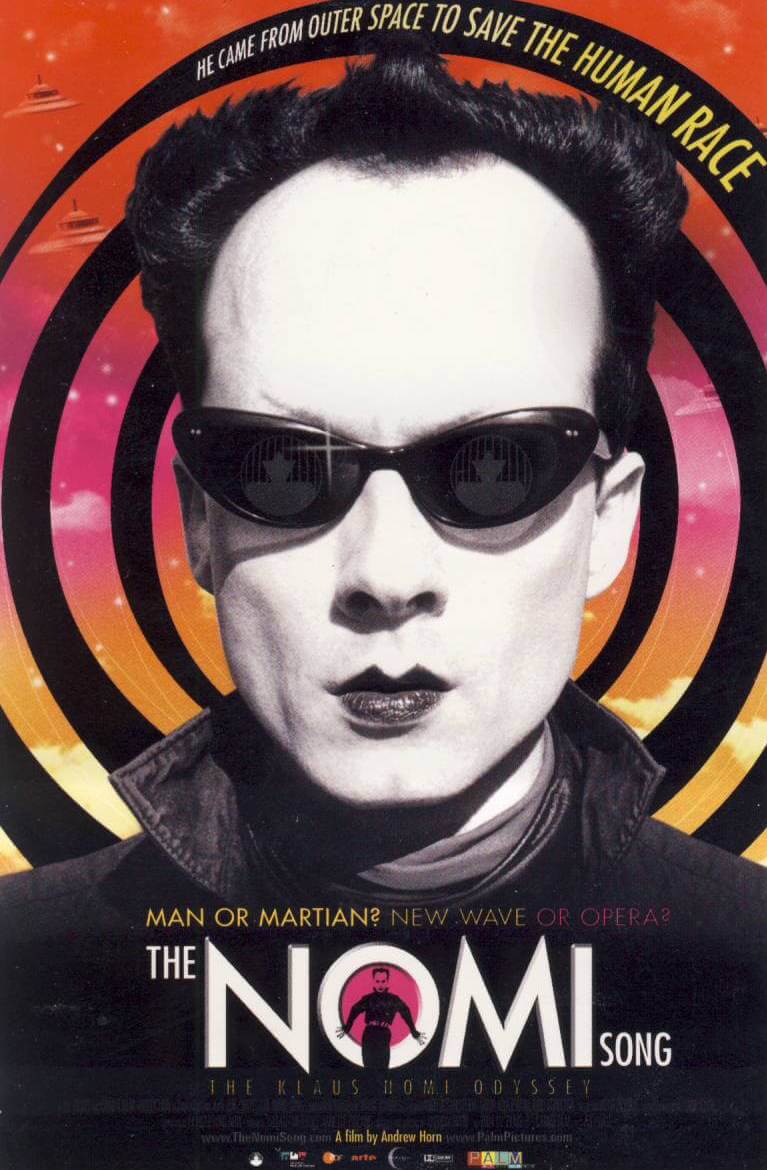
WE ARE TWISTED FUCKING SISTER!
dir. Andrew Horn, 2014
135 mins. In English.
WEDNESDAY, AUGUST 8th – 7 PM
WITH FILMMAKER Q&A! (This event is $10.)
TUESDAY, AUGUST 21 – 7:30 PM
The Beatles’ trial by fire was those two years playing in the bars in Hamburg. For Twisted Sister, it lasted for 10.
Back then, they were the Grand Funk of Glam and the NY Dolls of Metal. Some considered Twisted Sister a joke, others called them the greatest bar band in the world. While the microcosm of Punk and New Wave was taking over downtown New York in the mid 70s – early 80s, Twisted Sister was battling their way to the top of a vast suburban, cover-band bar scene that surrounded Manhattan in a 100 mile radius, yet existed in a parallel universe.
The film follows them from their beginnings as a cross-dressing glam band, playing cover songs for 4 shows a night, 6 nights a week – from New Jersey bowling alleys and Long Island beach bars, to the suburban mega-clubs of the late 70s/early 80s, and on to their bust-out appearance on the UK rock TV show, “The Tube”. Through it all, Twisted stood ready to do or die, not just for the music, but also “the show”. They refused to play the usual bar band role of “human juke box for drunk and horny teens”. Every night, the band would give their all to the crowd, and mounted a full frontal attack on anyone not participating. They were going to force you to pay attention – and you were going to have fun whether you liked it or not.
They regaled their audiences with comedy rants, dragging them on stage for vomit inducing drinking games, engaging them in fits of disco record smashing and, at their most extreme, whipping them into club-destroying frenzy. The performances were low on style and heavy on the humor and attitude – but behind it all, always smart and full of self awareness. Spinal Tap may have been clueless but Twisted Sister knew exactly what they were doing.
It was both a great living and a dead end because once you reached the peak – headlining clubs attracting audiences of 2, 3 or 5 thousand a night – there was nowhere left to go. As big as Twisted got on that circuit, in the eyes of the world, ie the music business establishment, they were nothing but a bar band.
If you’re expecting a tribute film recounting the well known events of Twisted Sister’s rock star career, be prepared for something very different. This is not about their hit songs, the MTV videos and their massive stadium shows, rather it’s the untold story of how they became that band – one full of strange, and often hilarious, twists and turns. It’s a story of Rock ‘n Roll and the business of Rock ‘n Roll. It’s about perseverance and things blowing up in your face. It’s about finding yourself, finding your audience and doing literally anything, however wild, to connect with them. And even though we know how it ends, the roller coaster ride of getting there is what it’s really all about. A mesmerizing, and wickedly funny story of a 10 year odyssey to overnight success.
Twisted guitarist, Jay Jay French, sums it up, “the history of Twisted is really those 10 years in the clubs. The years we spent clawing our way through the bar scene. It was learning how to make order out of chaos and how to win in bad situations. And it was unique to Twisted. I talk to hundreds of bands and nobody’s ever gone through what we went through. It’s who we are, and it’s why we are, and why we do what we do.”
“‘One of the most surprising movies I have seen in quite some time.(…) a film for everyone, not just fans, one which [imparts] a deeper understanding of and respect for the men who lived it.” – Pamela Glasner, Huffington Post
“Hilarious and revealing interviews (…) as well as plenty of riotously entertaining footage from the band’s Seventies Tri-State club heyday. Immensely compelling.” – Dan Epstein, Rolling Stone
“The time flies by, director Andrew Horn concocting a compelling, take-no-shit tale of Twisted Sister’s stuttering rise to stardom.” – Geoff Barton, Classic Rock Magazine
“I’m not a Twisted Sister fan and, in fact, knew very little about their scene in general—but this is a fascinating documentary.” – David Hudson, Fandor
“Noise, mayhem, pathos, endless reversals and plenty of uproarious comedy.” – The Independent (UK)


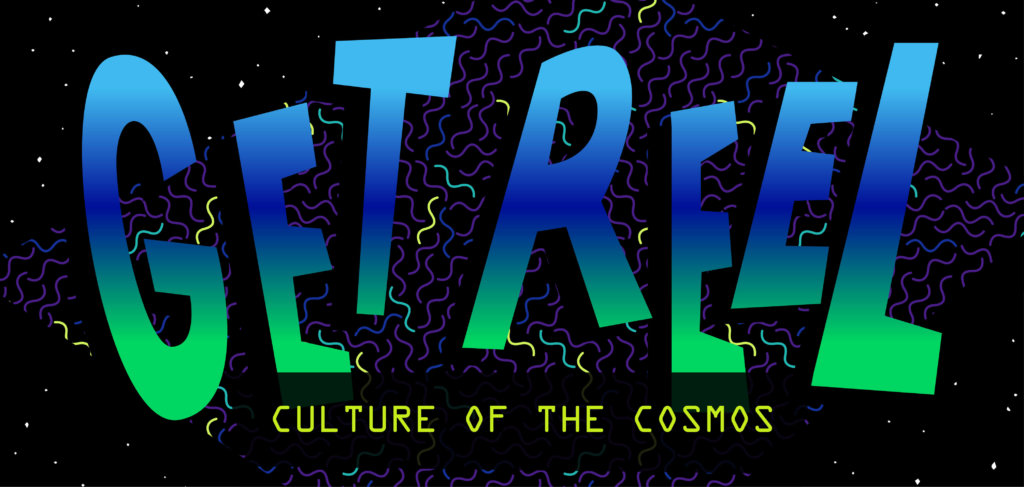
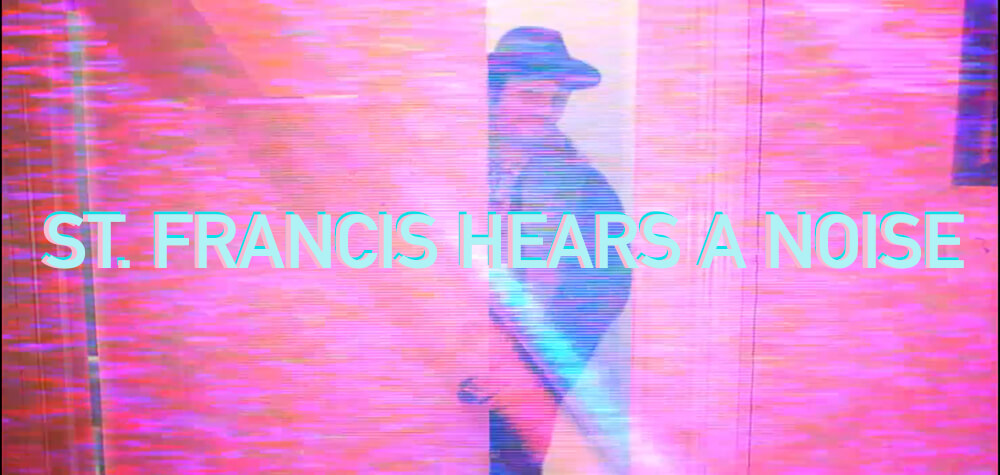
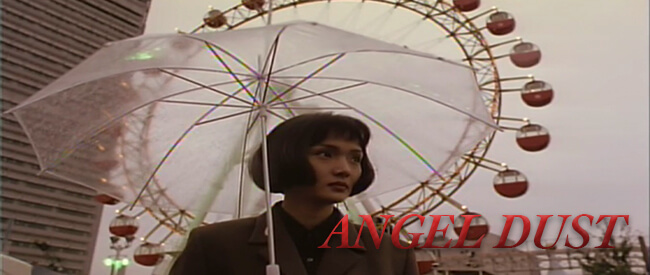
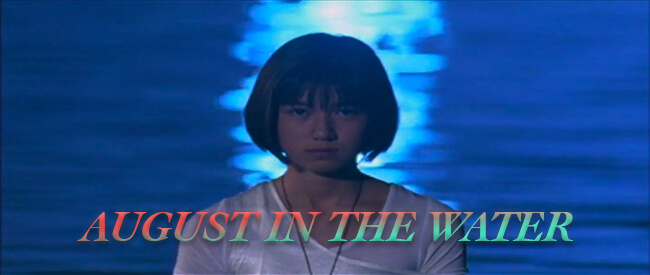
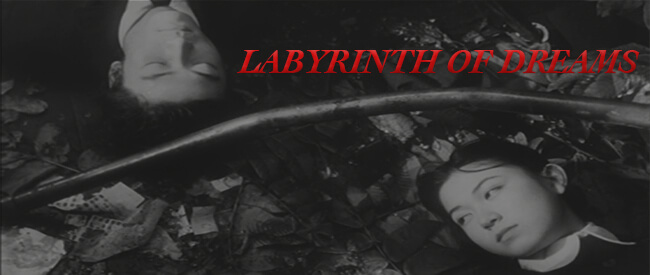
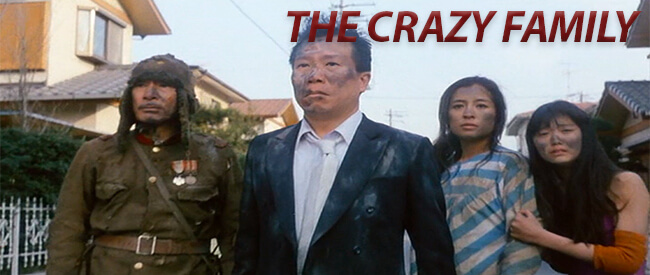
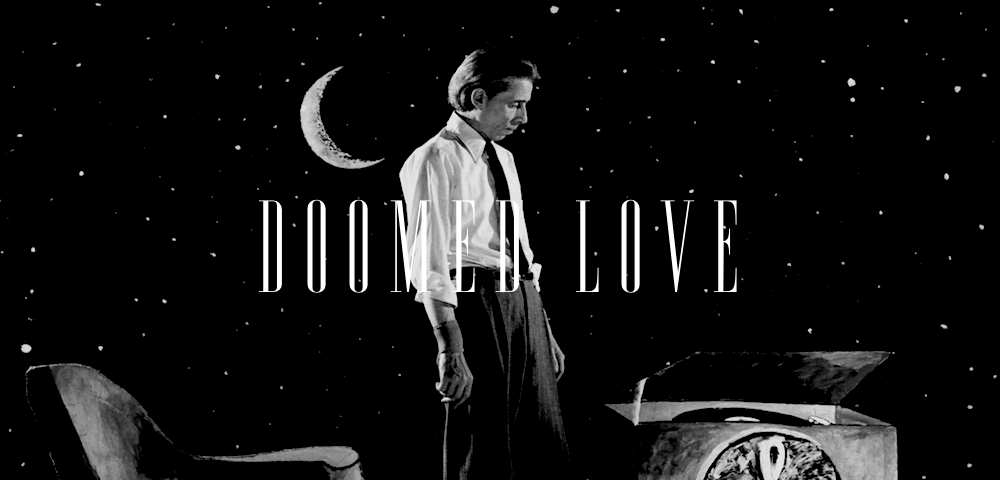
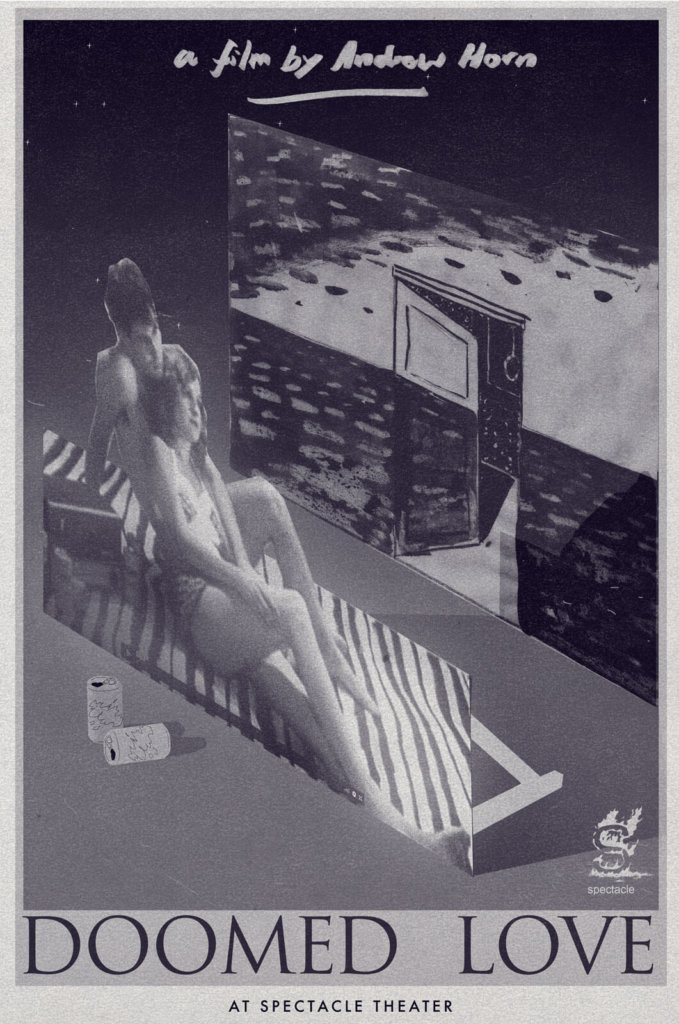 ( poster by
( poster by 